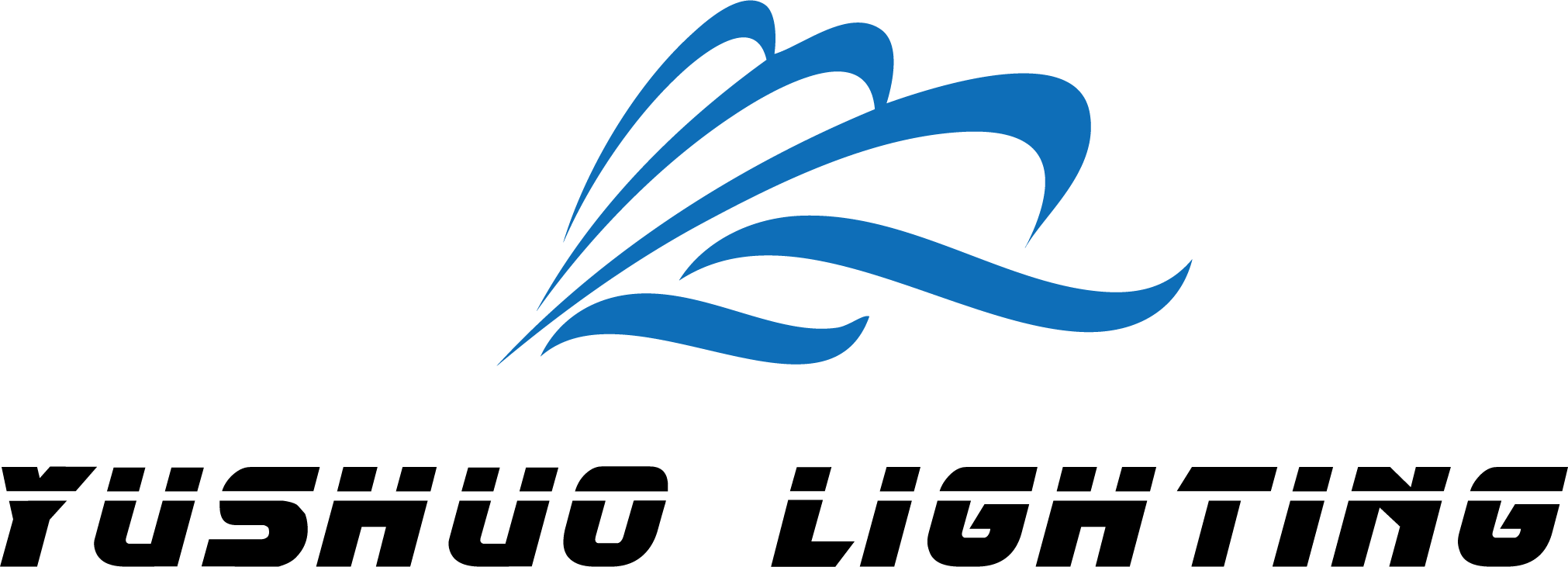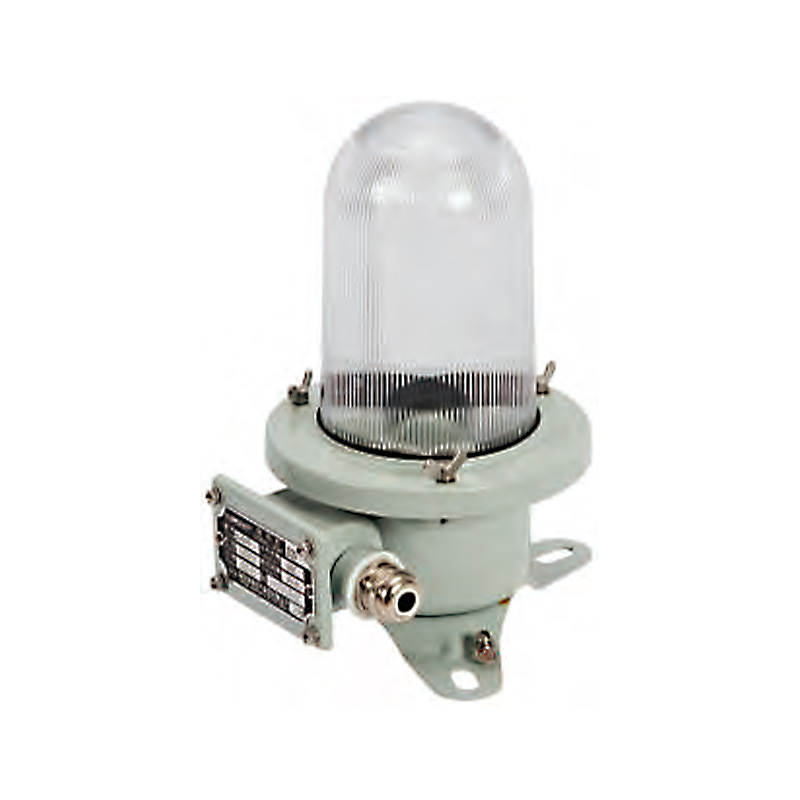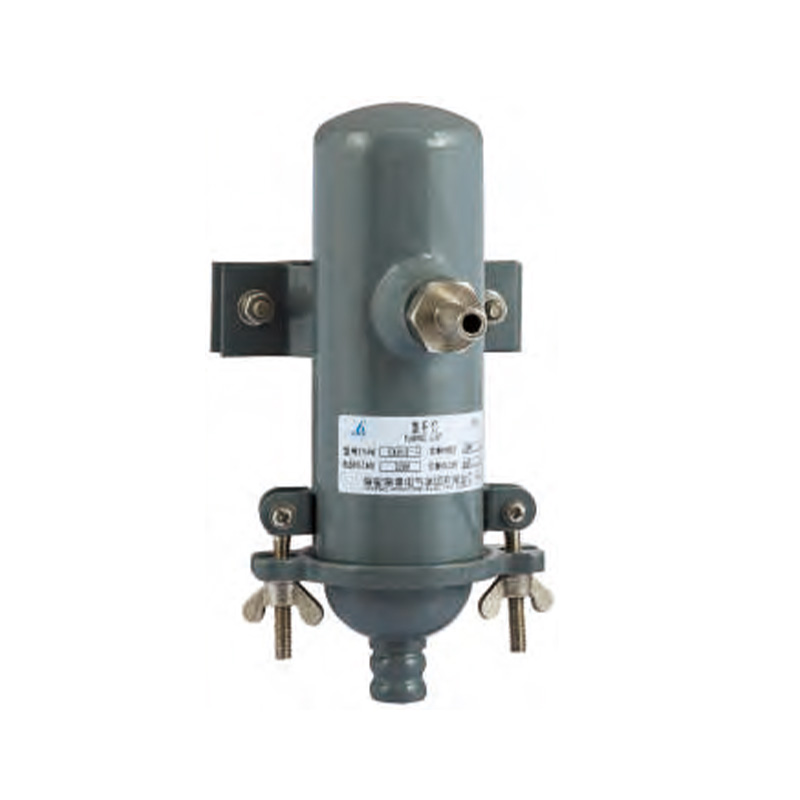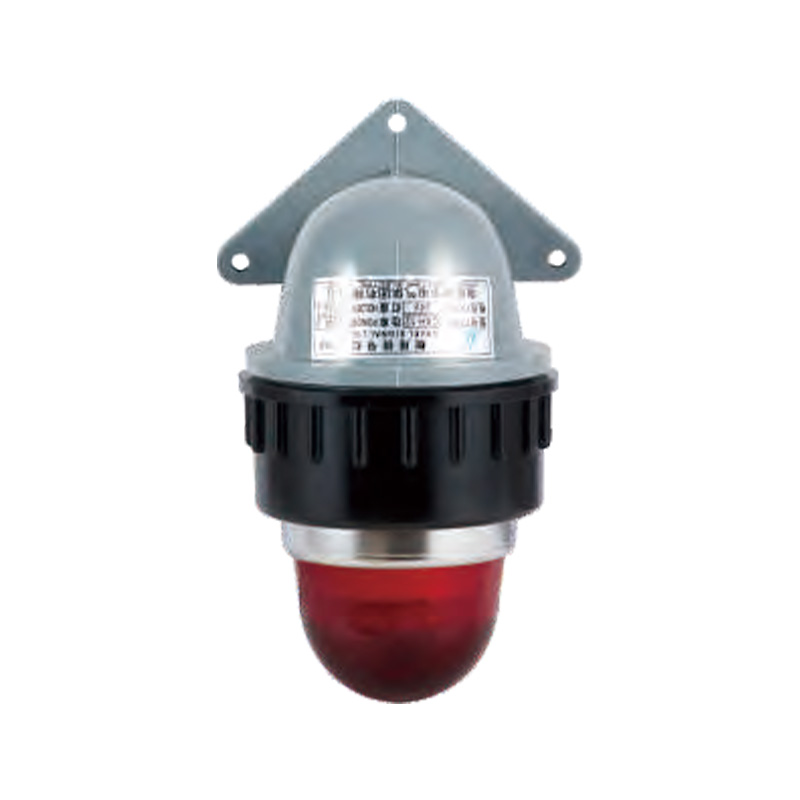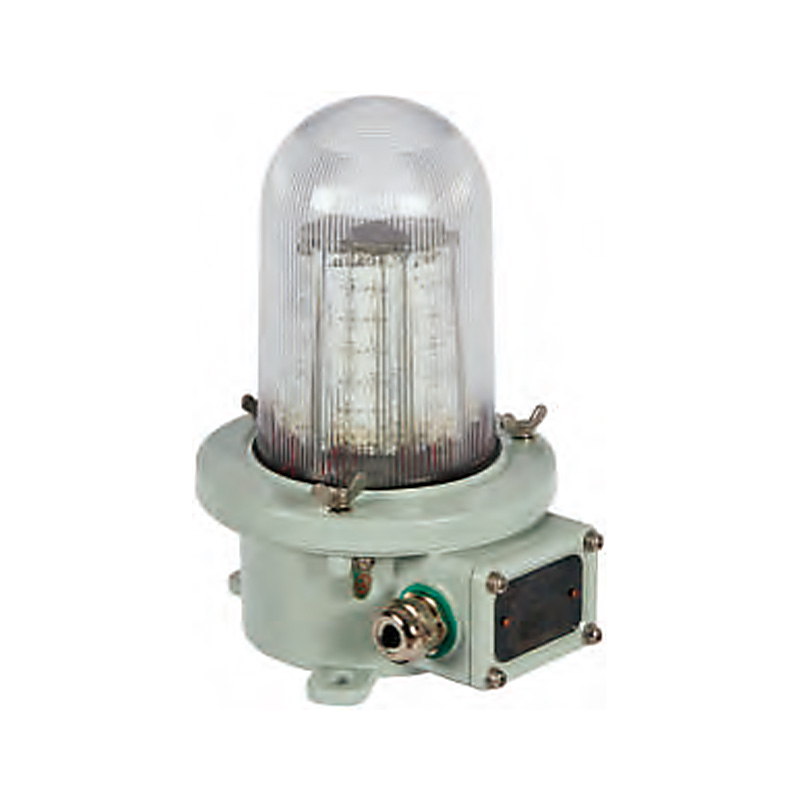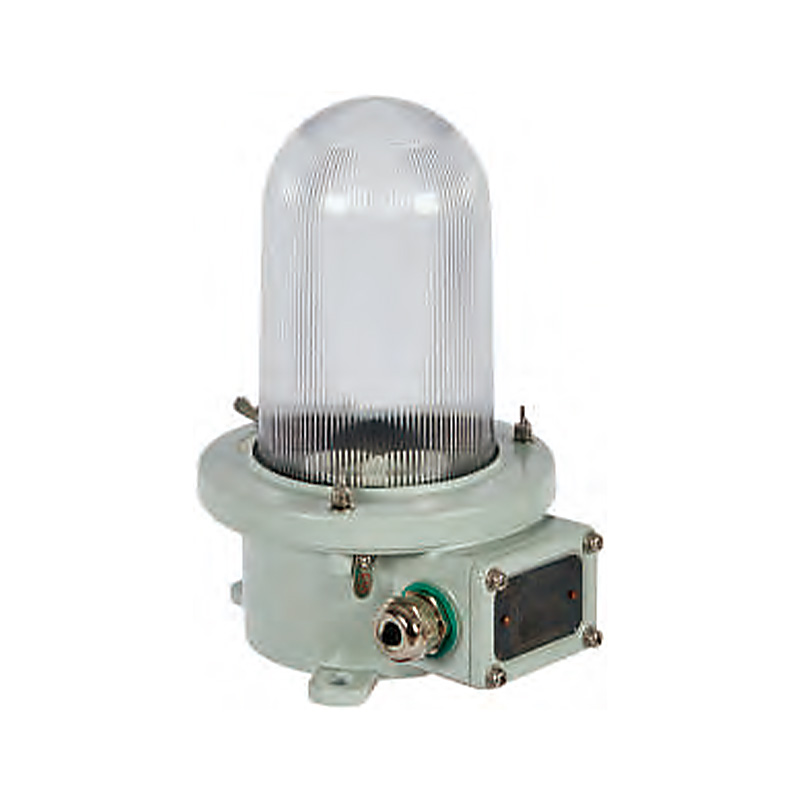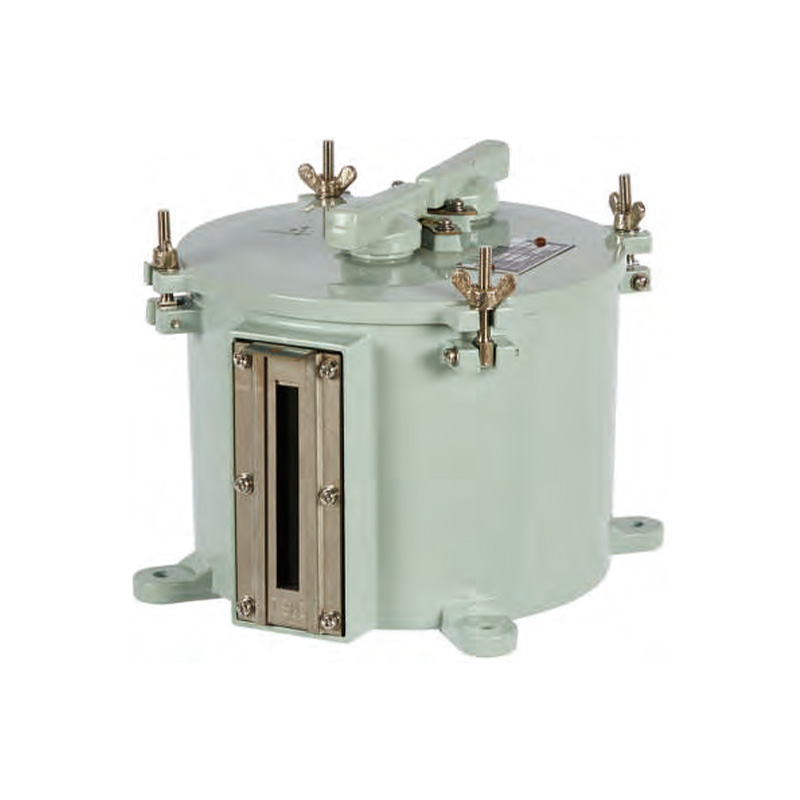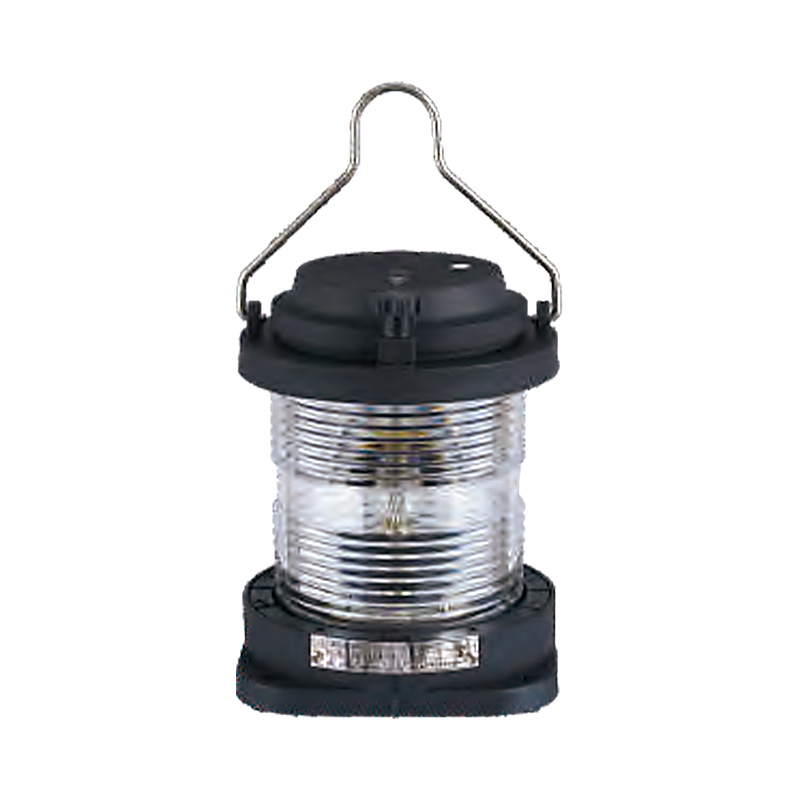How to Improve Waterproofing of Marine Navigation Lights
Marine navigation lights are exposed to harsh environmental conditions, including saltwater, heavy rain, and extreme temperatures. Without proper waterproofing, these lights can suffer from failures, leading to reduced visibility and increased maintenance costs. Enhancing waterproofing of navigation lights is crucial to prolong their lifespan and maintain reliable operation.
Table of Contents
Understanding Marine Navigation Lights
Marine navigation lights are essential signaling devices used on vessels to ensure safe navigation, particularly during nighttime or in low-visibility conditions. These lights help identify a vessel’s position, direction, and activity to other boats or ships, reducing the risk of collisions. Different colors and configurations of lights (such as red, green, and white) are used to convey specific information, while their placement on the vessel follows internationally recognized standards. Proper maintenance and waterproofing of these lights are crucial to ensuring their reliability and performance in challenging marine environments.
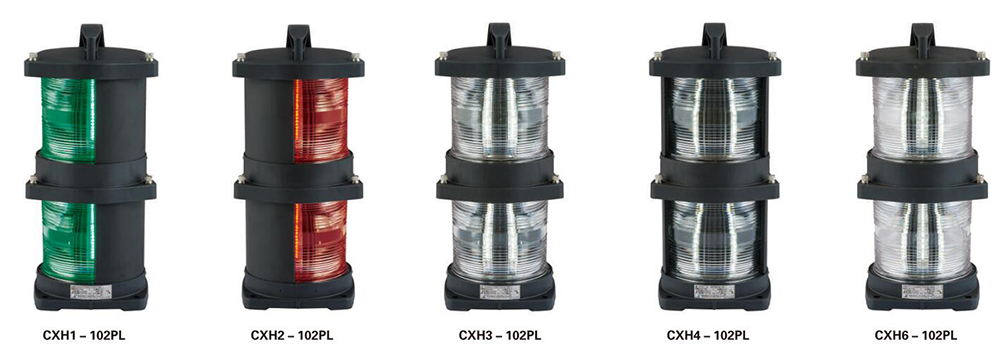
Why Need Improving the Waterproofing of Marine Navigation Lights
- Ensuring Reliable Operation in Harsh Conditions
Marine environments are inherently challenging. Saltwater, heavy rain, and high humidity can easily infiltrate electronic systems, leading to malfunctions or complete failure of navigation lights. Improved waterproofing helps ensure that these lights function reliably, even under severe weather conditions. By preventing water ingress, well-sealed navigation lights maintain their performance and continue to guide vessels safely.
- Preventing Electrical Failures and Short Circuits
Water is a significant threat to electronic components. When moisture reaches the wiring or LED modules of navigation lights, it can cause short circuits, corrosion, and other electrical failures. Enhancing waterproofing minimizes the risk of water penetrating these sensitive areas, thereby reducing the likelihood of electrical malfunctions and ensuring continuous, uninterrupted operation.
- Extending the Lifespan of Equipment
Exposure to moisture and saltwater can accelerate the deterioration of materials such as metal, plastic, and electronic components. Corrosion and rust not only compromise the structural integrity of navigation lights but also lead to costly repairs and replacements. Improved waterproofing protects these components, extending the lifespan of the equipment and reducing long-term maintenance costs.
- Enhancing Maritime Safety
Navigation lights are not just a convenience—they are a critical safety feature. Inadequate waterproofing can lead to the sudden failure of these lights during crucial moments, such as navigating through narrow channels or avoiding collisions in low-visibility conditions. By ensuring that navigation lights remain operational, improved waterproofing contributes directly to the overall safety of the vessel and its crew.
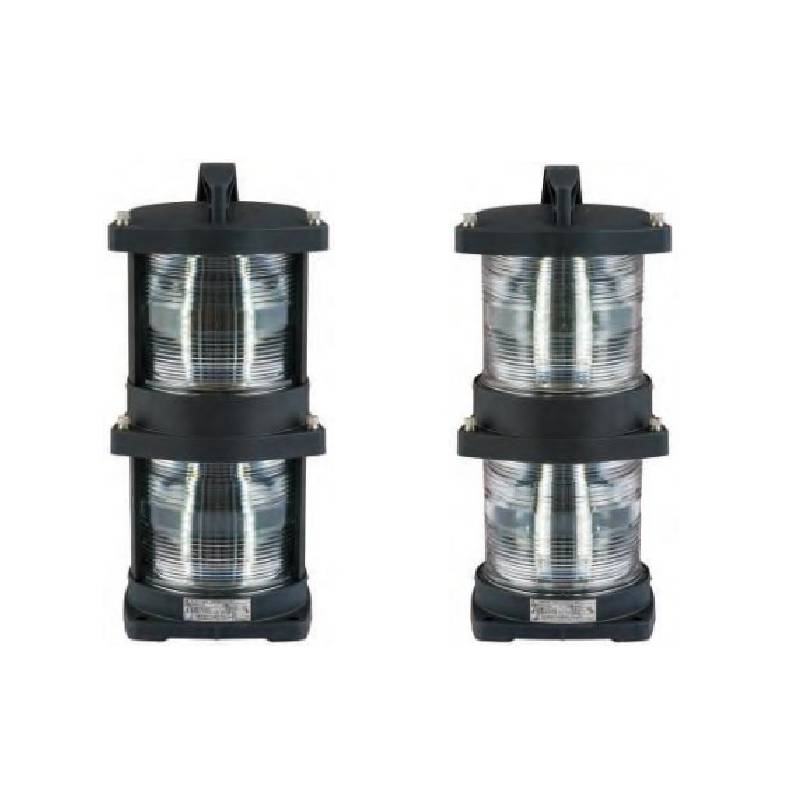
- Reducing Maintenance and Downtime
Frequent maintenance due to water-related damage can be both time-consuming and expensive. Vessels that operate in marine environments require robust navigation systems that do not demand constant repairs. Enhancing waterproofing minimizes the need for regular maintenance of navigation lights and reduces downtime, allowing vessels to operate more efficiently and with fewer interruptions.
- Adaptation to Evolving Marine Technology
As marine technology evolves, the demand for more sophisticated navigation systems increases. Modern navigation lights, including LED navigation lights and incorporating wireless or battery-powered designs into the lights, which are more sensitive to environmental factors. Improved waterproofing is crucial to safeguard these advanced systems, ensuring that technological innovations are fully leveraged without compromising reliability.
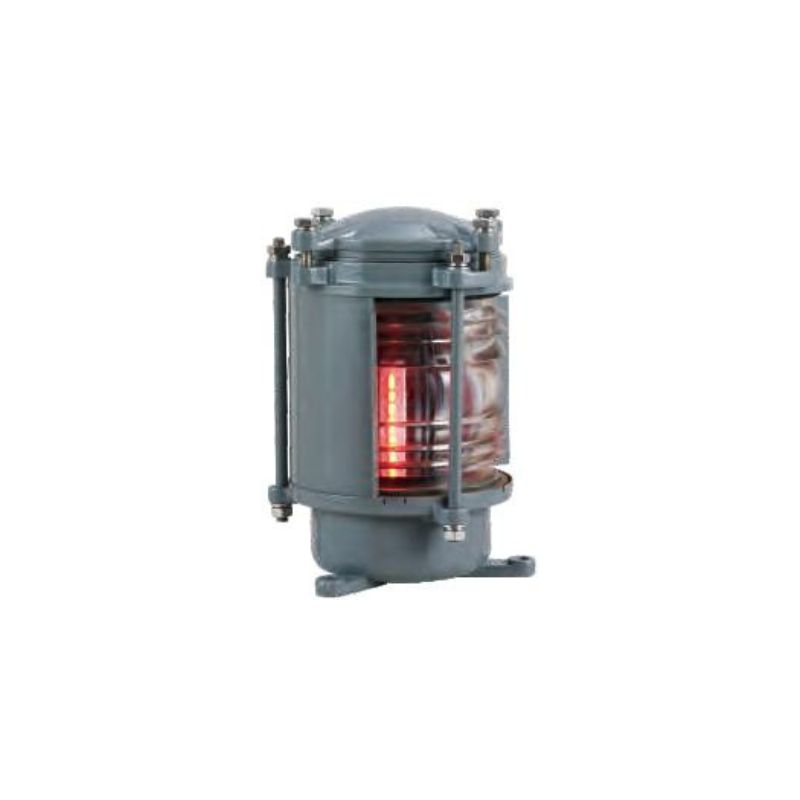
Key Strategies to Improve the Waterproofing of Marine Navigation Lights
1. Using High-Quality Sealing Materials
One of the most effective ways to improve waterproofing is by incorporating high-quality sealing materials. These sealing materials help improve the waterproofing of marine navigation lights, ensuring their reliability and longevity in harsh maritime environments.
| Sealing Material | Properties | Benefits for Marine Navigation Lights |
| Silicone Gaskets | Flexible, heat-resistant, and waterproof | Provides a strong, durable seal against water ingress |
| Rubber O-Rings | Elastic, resistant to compression and deformation | Ensures a tight seal, preventing leaks and moisture entry |
| Epoxy Resin Coating | Waterproof, corrosion-resistant, and insulating | Protects electronic components from moisture and saltwater damage |
| Polyurethane Sealant | Strong adhesion, UV-resistant, and flexible | Seals gaps effectively while withstanding harsh marine conditions |
| Butyl Tape | Self-sealing, waterproof, and moldable | Provides a quick, effective seal around wiring and joints |
| Marine-Grade Adhesives | High-strength, weather-resistant bonding | Ensures long-term durability and prevents water leaks in critical areas |
2. Upgrading to Higher Ingress Protection (IP) Ratings
The ingress protection (IP) rating of marine navigation lights determines their ability to resist water and dust penetration. For improved waterproofing, selecting lights with higher IP ratings is essential:
- IP67 provides protection against temporary immersion in water.
- IP68 ensures resistance to continuous submersion.
- IP69K offers the highest level of waterproofing, making the lights resistant to high-pressure water jets.
Through choosing navigation lights with an appropriate IP rating, vessels can ensure reliable performance in wet and extreme marine conditions.
3. Encapsulating LED Modules for Maximum Protection
Encapsulation technology is an advanced waterproofing method that involves sealing LED modules in a waterproof resin. This technique eliminates gaps where water might enter, enhancing the durability of navigation lights. Encapsulation also improves resistance to physical shocks and vibrations, making the lights more resilient to the harsh marine environment.
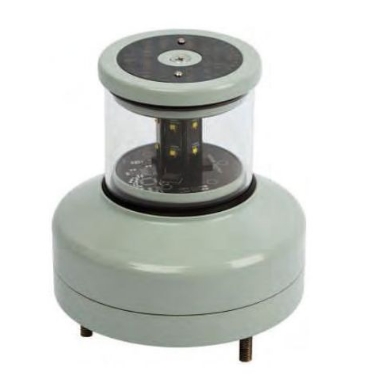
4. Selecting Corrosion-Resistant Housing Materials
The choice of materials used in marine navigation light housings plays a crucial role in waterproofing. Using corrosion-resistant housing materials ensures that marine navigation lights remain functional and durable, even in extreme maritime conditions.
| Material | Properties | Benefits |
| Marine-Grade Stainless Steel (316L) | High corrosion resistance, durable, and strong | Protects against saltwater corrosion and extreme weather |
| Anodized Aluminum | Lightweight, oxidation-resistant, and heat-dissipating | Provides long-lasting protection with reduced weight |
| Polycarbonate (PC) Plastic | Impact-resistant, UV-stable, and non-corrosive | Prevents yellowing, cracking, and degradation over time |
| Acrylic (PMMA) Plastic | Transparent, weather-resistant, and lightweight | Offers clear light transmission with strong waterproofing properties |
| Bronze | Naturally corrosion-resistant and durable | Excellent for marine applications, preventing seawater damage |
| Composite Fiberglass | Non-metallic, rust-proof, and high-strength | Withstands harsh marine environments without degradation |
5. Preventing Condensation with Smart Venting Technology
Moisture buildup inside navigation lights can lead to internal fogging and reduced visibility. Smart venting membranes allow air circulation while preventing water entry, balancing internal and external pressure. This technology reduces condensation and ensures that navigation lights remain clear and functional in all weather conditions.
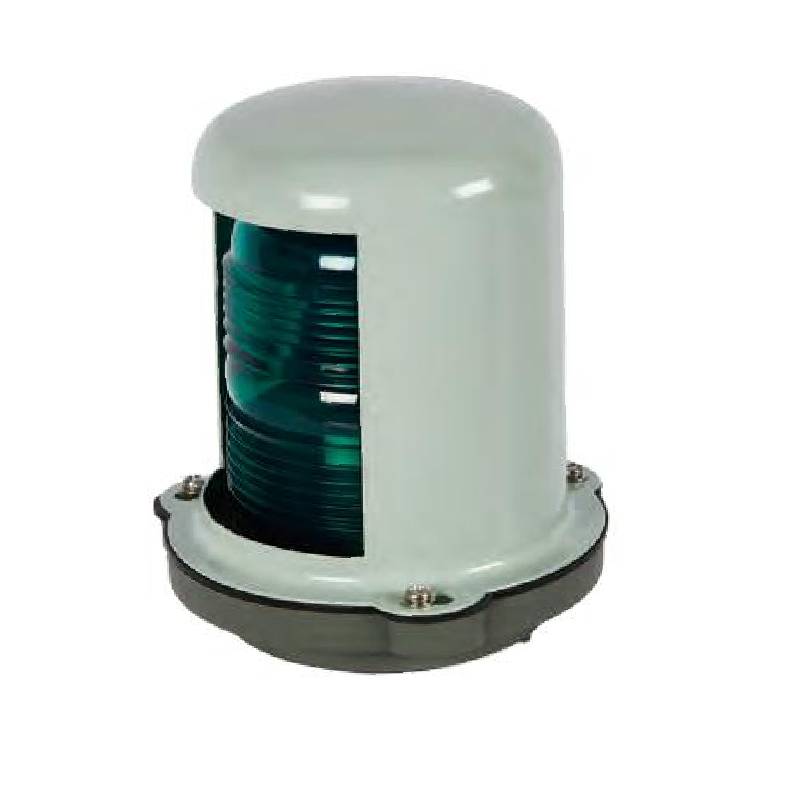
6. Securing Cable Entry Points to Prevent Water Intrusion
Cable entry points are common weak spots where water can penetrate. To enhance waterproofing, navigation lights should use waterproof cable glands, marine-grade heat-shrink tubing, and strong adhesive seals. Properly managing and sealing cables minimizes the risk of electrical failures due to water exposure.
7. Opting for Wireless or Battery-Powered Designs
A more advanced solution to waterproofing is using wireless or battery-powered navigation lights. These lights eliminate wired connections, which are common entry points for water. Fully sealed enclosures in these designs significantly reduce the risk of water damage, making them ideal for extreme marine environments. Additionally, solar-powered navigation lights with built-in waterproofing offer an eco-friendly and maintenance-free alternative.
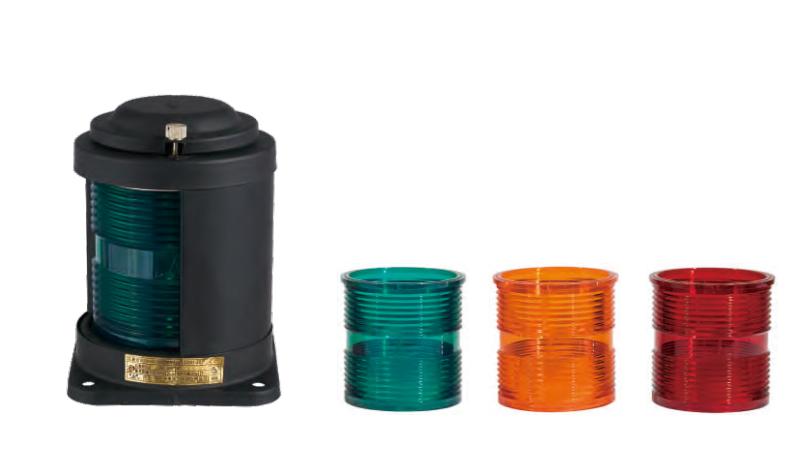
Summary
Improving the waterproofing of marine navigation lights enhances their reliability, durability, and performance in harsh maritime conditions. Through using high-quality seals, upgrading IP ratings, encapsulating LED modules, selecting corrosion-resistant materials, etc, vessel operators can ensure their navigation lights remain functional and safe under all conditions. Adopting these innovative waterproofing techniques ultimately reduces maintenance costs and enhances safety at sea.
